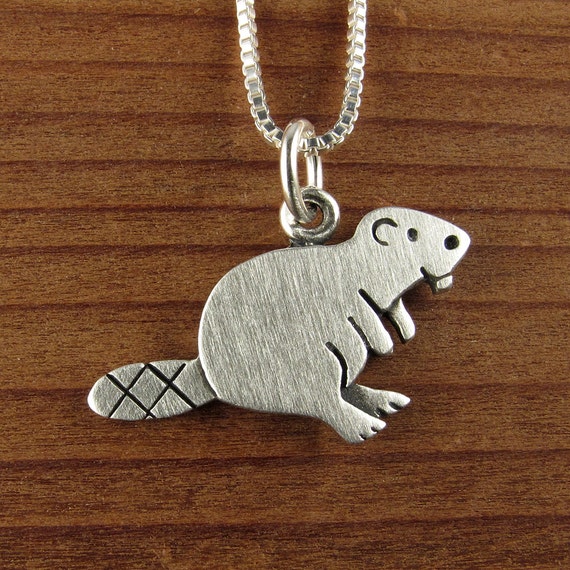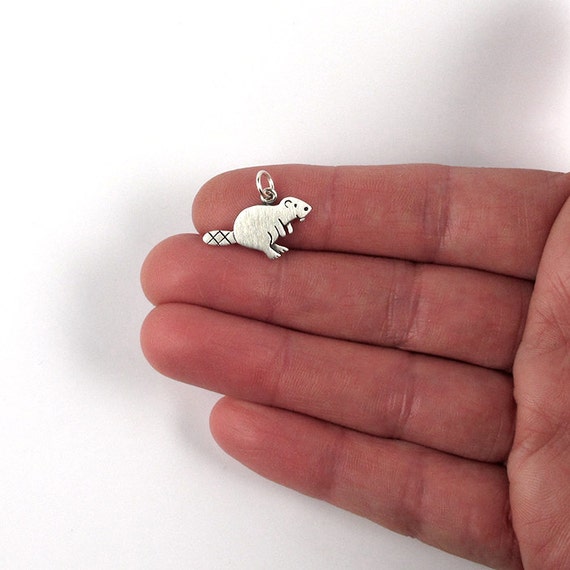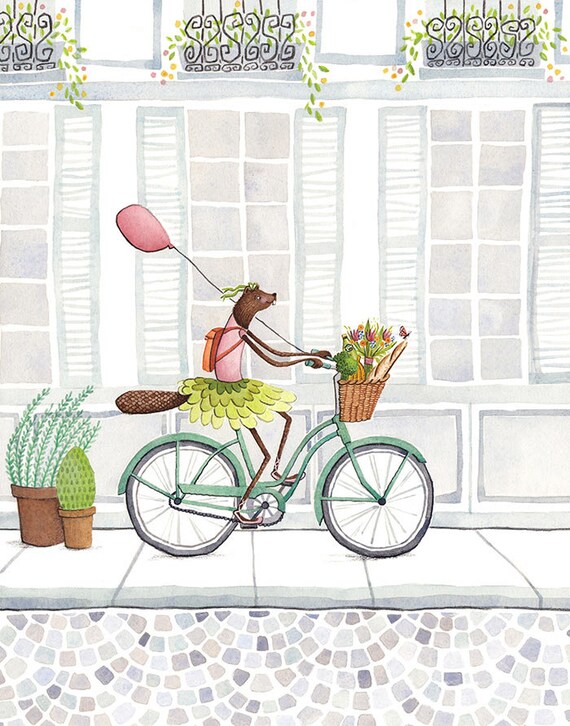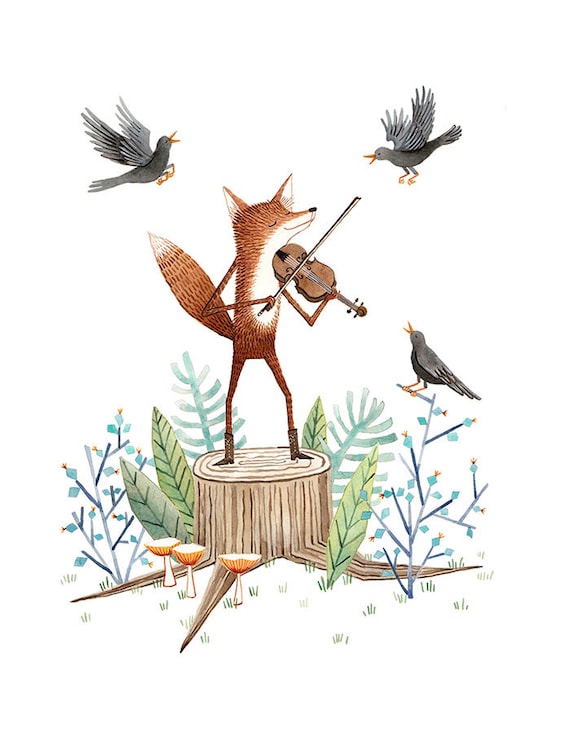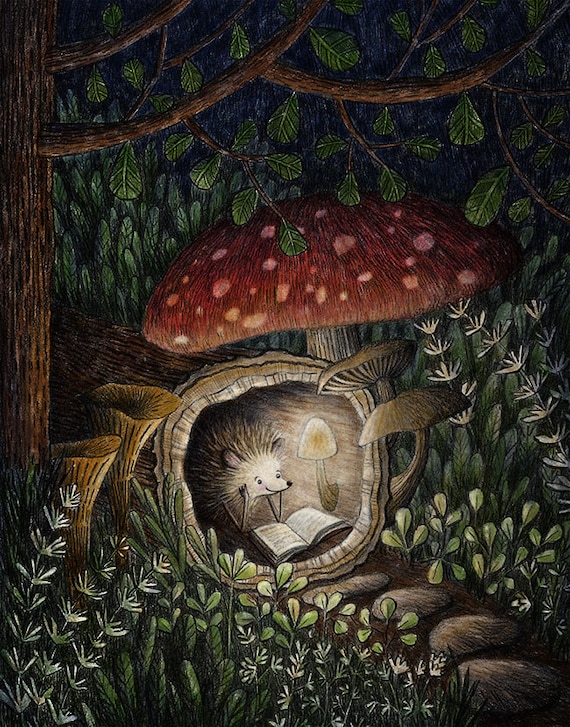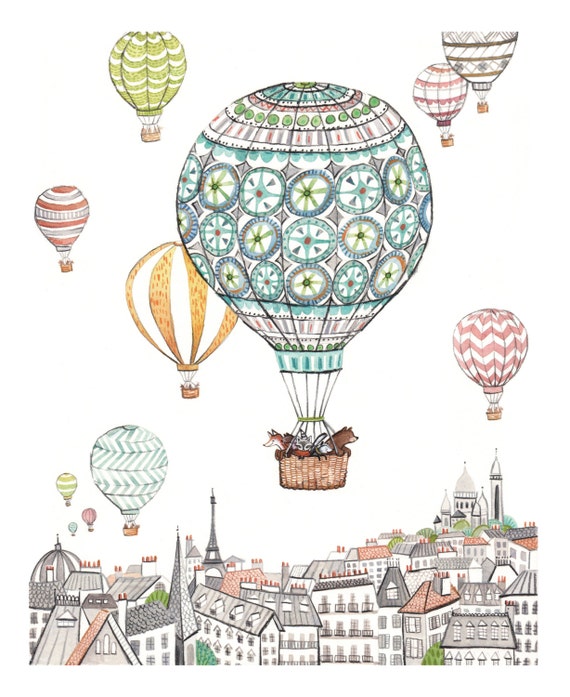I have given myself a strict Sunday rule for only posting good news about the silent auction. But this is soooooo good I can’t wait, and also relevant. So I’m busting it. I was crazy impressed by Jen Richmond’s beaver painted on a saw for the exhibit. I had contact information for the curator so I found out how to write Jen right away my plea for the auction. Wednesday, she kindly wrote back and said she’d love to support us and wanted to donate a small saw, which would be easier to ship. Then this morning I saw this in the papers. I just hope I tugged her heart strings successfully before everyone lines up to tug her wallet strings. This is smart work and it will SELL.
Beaver Tales art exhibit supports conservation
Beavers are more than just the mascot of Oregon State University. The beaver is also Oregon’s state animal. And with the help of SPARK, OSU’S Year of Art and Science and The Wetlands Conservancy (TWC), the animal who carries a negative stigma will be brought into a new light in a traveling exhibit called Beaver Tales.
The coordinator for Beaver Tales through The Wetlands Conservancy, Sara Vickerman, hopes this traveling exhibit helps bring awareness to beavers and their importance to the environment.
“We hope to raise awareness of the ecological importance of beavers, increase the public’s appreciation of them and get people involved in conservation,” Vickerman said. “Where beavers cause conflicts, we hope managers will look for solutions that benefit both people and beavers.”
“Our goal is to learn more about how we can coexist and work with beavers to conserve and restore natural systems,” Lev said.
The curator Sara Vickerman sounded familiar so I ran back thru my files and found out that she used to work for Wildlife Defenders. In fact she was the good soul that gave us 50 copies of the issue featuring Sherri Tippie the same year that Sherri donated all those clay beavers, which you may remember. I introduced Sara to our councilman Mark Ross who
 was interested in a local showing of the collection. She said this exhibit was the single hardest thing she ever did, taking many more hours than she was ever paid for, coaxing artists into making beavers plus making sure it would all come together. It was also the thing she loved doing the most and was the very proudest of. She really feels it will lead to beavers being seen in a new way. But advised Ross that she didn’t think the collection would travel well and recommended we do one of our own, instead.
was interested in a local showing of the collection. She said this exhibit was the single hardest thing she ever did, taking many more hours than she was ever paid for, coaxing artists into making beavers plus making sure it would all come together. It was also the thing she loved doing the most and was the very proudest of. She really feels it will lead to beavers being seen in a new way. But advised Ross that she didn’t think the collection would travel well and recommended we do one of our own, instead.
Sara, I really, really believe you about the amount of work this took. You did an amazing job. And Mark, good luck with that, is all I can say. As my beaver dance card is filled.
![]() Meanwhile Quebec has a new beaver for show and tell at Science North.
Meanwhile Quebec has a new beaver for show and tell at Science North.
Young beaver latest addition to animal family at Science North
A young male beaver is the latest addition to the level three Northern ecosystem at Science North. The yet-to-be-named animal was born and raised at the Zoo Sauvage de St-Félicien in St-Félicien, Quebec. He can’t be released back into the wild.
“This new addition will give our visitors the opportunity to learn more about young beaver behaviour and experience a brand new personality. We are excited to have both beavers at Science North for guests to visit with and learn about,” says Henson.
Science North is now asking for the public’s help in choosing one of three possible Innu names for the animal ambassador. The names pay respect to the traditional territory the young beaver comes from. They are: Kashkuan (cloud), Kashkuanashku (it is foggy), and Kashkuanapan (it is a misty, foggy morning).
Obviously if the kidnapped sacrifice beaver was going to be ANY use at all, you would want to educate the public by naming him the Innu word for WATER. And teach children how essential saving water is in these days of climate change. But whatever. Go ahead and name him fog and teach that the other beavers have big teeth like the cartoons but his just haven’t grown in yet.
Hrmph. If you really wanted to educate the public about beavers, you have an open air exhibit of a working flow device on the grounds with an active beaver colony living in peace. And instead of using a cute gimmick to give a nod to the natives teach by naming him ‘fog’ your program would show how they understood the beaver was an asset.
But hey, I’m pretty sure I got more native wisdom from my computer game.














